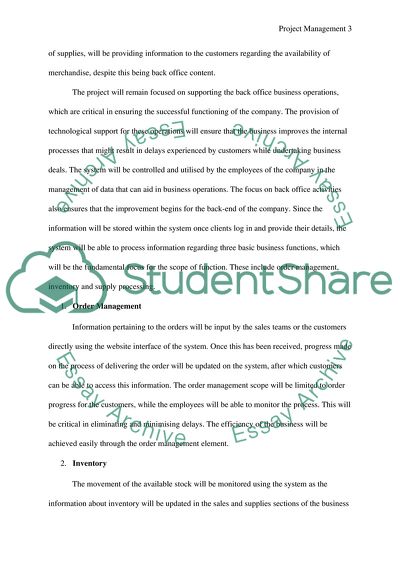Cite this document
(Project to Improve the Business Operations Plan Example | Topics and Well Written Essays - 2000 words, n.d.)
Project to Improve the Business Operations Plan Example | Topics and Well Written Essays - 2000 words. https://studentshare.org/information-technology/1858087-week-4-project-deliverable-2-submission
Project to Improve the Business Operations Plan Example | Topics and Well Written Essays - 2000 words. https://studentshare.org/information-technology/1858087-week-4-project-deliverable-2-submission
(Project to Improve the Business Operations Plan Example | Topics and Well Written Essays - 2000 Words)
Project to Improve the Business Operations Plan Example | Topics and Well Written Essays - 2000 Words. https://studentshare.org/information-technology/1858087-week-4-project-deliverable-2-submission.
Project to Improve the Business Operations Plan Example | Topics and Well Written Essays - 2000 Words. https://studentshare.org/information-technology/1858087-week-4-project-deliverable-2-submission.
“Project to Improve the Business Operations Plan Example | Topics and Well Written Essays - 2000 Words”. https://studentshare.org/information-technology/1858087-week-4-project-deliverable-2-submission.


